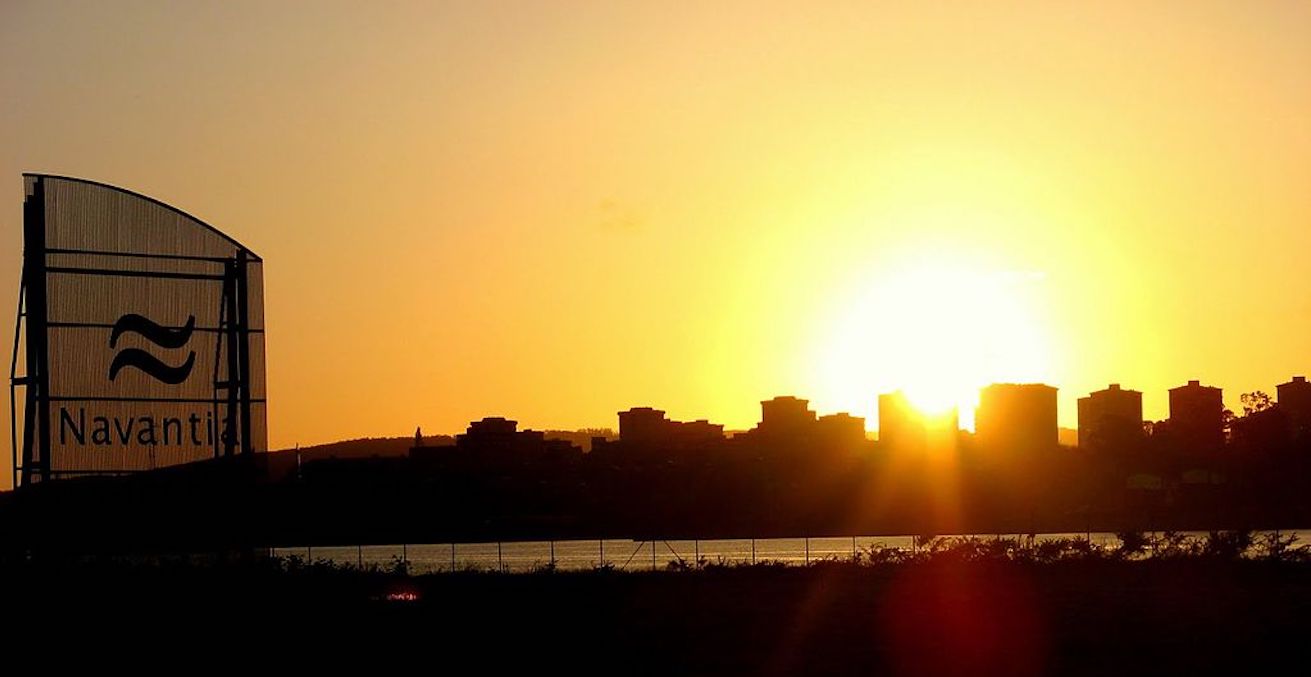EU-Australia Free Trade Agreement an Opportunity for Spain

In a week that the EU announced an upgrade to its trade relations with Mexico, it was brave of an Australian Prime Minister to be visiting Europe to talk up the prospects of an EU-Australia trade agreement. But the benefits are worth promoting.
Why a Free Trade Agreement with Australia?
As Prime Minister Turnbull emphasised during his visit, the EU has well-developed trade and investment relations with Australia. Two-way trade in goods and services totals more than $95 billion, making the EU Australia’s second largest trade partner behind China, ahead of both the United States and Japan.
Australia and the EU share many viewpoints on trade policy and the multilateral trade system. They have very good political relations based on shared values of democracy and human rights, with the EU-Australia Partnership Agreement recently ratified. Australia’s economic integration with Asia, the fastest growing region in the world, makes it an obvious strategic partner for Europe.
The EU does not yet however have a free trade agreement with Australia and as a result the EU economy is disadvantaged by less favourable conditions for trade and investment, including in services. It is often overlooked but the EU is by far the biggest global exporter of trade in services representing more than 25 per cent of global exports. So issues like mutual recognition in professional qualifications as well as labour mobility for skilled workers can have significant impact.
As well as benefiting European business, the free trade agreement is projected to benefit European consumers. Europe’s market of 500 million middle class consumers presents enormous opportunities for Australian companies to export high-quality goods and services. This increases the range of goods that EU domestic consumers can choose from and decreases the cost of those goods through increased competition – as well as enabling domestic industries to ship their products abroad.
In September 2017, the EU published the results of a scoping study into the EU-Australia free trade agreement with results demonstrating that there could be major bilateral advantages for the EU.
Subsequently, in his most recent State of the European Union address, European Commission President Jean-Claude Juncker announced that Australia will be one of the first targets for streamlined trade agreements. If the fast-track negotiations proceed as proposed, trade will be split from investment issues meaning that the current ratification process would not be needed and an agreement could potentially be reached more quickly.
On the Australian side, a free trade agreement is strongly supported by both the main political parties.
At a time when a former champion of free trade – the US – is threatening trade wars, it’s an opportunity for Australia and Europe to stand together on the benefits of trade in a powerful reaffirmation of the benefits of open trade and the positive economic benefits that it generates.
Opportunities for Spain
The proposed free trade agreement will open up trading opportunities between Australia and Spain, two countries that already enjoy a healthy commercial relationship.
Spain’s trade is understandably focused on Europe, but there is also great potential to expand into Asia-Pacific markets. Australia can be an attractive trade and investment partner for Spanish firms.
One area where business links are growing rapidly is in the defence industry. Spain has already built a significant part of Australia’s naval surface fleet. Australia’s most sophisticated warship, the world class HMAS Hobart, was commissioned last September to provide air defence to the Australian naval fleet from both aircraft and missiles. The ship, along with two similar class destroyers, was designed by Spanish company Navantia.
Navantia also built the two largest ships that Australia has ever operated – landing helicopter docks that can carry 1000 soldiers – which have already been used for disaster relief missions in the Pacific. The company will construct two auxiliary oiler and replenishment vessels for the Australian Navy inspired by the Spanish Navy’s 19,800-ton SPS Cantabria class vessel. Navantia has been shortlisted to design and help build Australia’s nine future frigates, an A$30 billion project.
But Spanish business opportunities are not limited to defence. Spain already has a strong influence in construction and renewable energy in Australia. Sorrovial and Acciona dominate road and rail infrastructure development. Spain’s commitment to renewable energy makes it a world leader in solar, thermal energy and wind power. Spain has the knowledge to help Australia find alternative power sources. These are significant investments in Australia’s local economy and are pivotal in the development of Spanish foreign investment.
And let’s not forget that the first-ever trams operating in Australia’s national capital will be Spanish-made.
In the past Australia’s commercial links with Spain may have flown under the radar: there’s been something of a knowledge gap between the two countries and peoples. But that is rapidly changing.
Seizing new opportunities will help us to realise the unfulfilled potential that exists in the Spain-Australian relationship. How far it extends will come down to the scope of the ambitions of both sides.
Melissa Conley Tyler is National Executive Director of the Australian Institute of International Affairs and Team Leader of the EU-Australia Leadership Forum. Julia Bergin is a former researcher at the Australian Institute of International Affairs.
This article was originally published in El Pais on 7 May 2018 (in Spanish) and by the EU-Australia Leadership Forum (in English).





